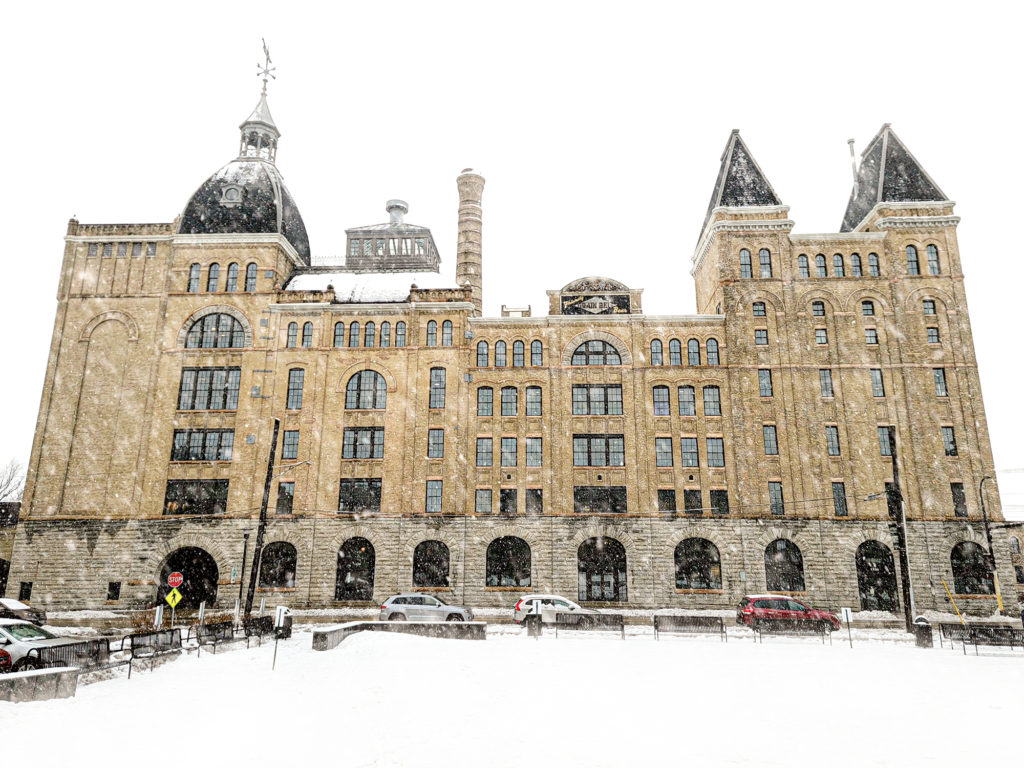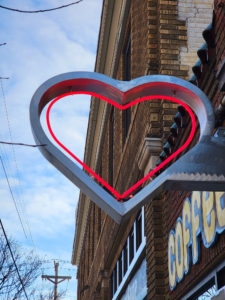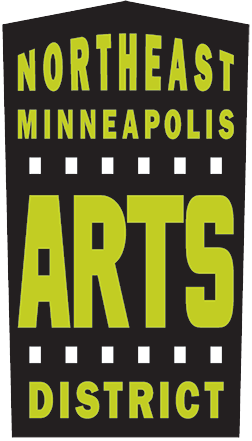The Minneapolis 2040 plan seeks to make Minneapolis a 15-minute walkable city. Affordable housing, coffee shops and grocery stores on every corner, fighting climate change and racial disparities in housing and employment. That is a lot to accomplish in one document supported by changing the zoning laws. While the change in zoning laws does not require immediate change in use, it can accelerate the slow death of previous uses by making it infeasible to transfer ownership to anyone other than someone who sees a “highest and best use” and is willing to pay top dollar plus clear the land.
Ironically, in Northeast which “never got so rich as to tear down its history” (credit Annette Atkins, historian) many of the 15-minute goals have already been met. In fact, most pre-industrial and early-industrial communities meet those goals. So, what are these zoning plans really about?

Comprehensive plans like 2040 are meant to bring the city together with common purpose. To do this we need to look to models that actually work. The city-designated Northeast Minneapolis Arts District is evidence. Once very depressed and underutilized, the Northeast Minneapolis community assets were revitalized using the Industrial Living Overlay District (ILOD – by the Minneapolis City Council in 2002).
The district started with 30 artists, grew to over 1,200. From three arts buildings to eighteen in 20 years. Voted best arts district in the country twice and runner up once. Northeast Minneapolis is one of the city’s most desirable neighborhoods. The arts community, with the help of building owners, neighborhood groups and citizens, is widely credited with the inspiration-driven success.
That is all at risk with the rezoning proposed in the 2040 plan. It eliminates the ILOD, which governed the amount of housing in what are now called production mixed use areas; the ILOD which has lately been misused, contrary to its original purpose. As those recent abuses would become codified, the future of the Arts District will be at risk.

Northeast Minneapolis accomplished affordable living goals without any top-down commands of how and what to do to make it walkable and bikeable. There are small grocery stores, coffee shops and amazing independent restaurants within 15 minutes walk from almost every home in Northeast. Places such as Little India, Mirasol Express, Miguel’s Little Store, Latino Groceries Inc., Sentyrz, and Eastside Food Coop. There’s also Lunds/Byerlys, Cub and Target on our fringes. Our abundant coffee shops— The Coffee Shop NE, Carma, Sip, Pilllar Forum, Mojo, Diamonds, Dogwood, Matchbox, Spyhouse, and Cosmic. So much of what makes Northeast desirable is what the 2040 plan is saying it wants to accomplish but is already here.
Northeast has been affordable to many for decades, in its owned housing and in its rentals, from duplexes to apartment buildings. The 2040 plan is putting that all at risk with untested and overly ambitious goals of seeing 6-story housing towers.
Concrete, necessary in tall tower construction, is one of the most environmentally negatively impactful materials; it uses a lot of carbon and water in its manufacture and construction. The greenest building is the one that you don’t throw away. New buildings might eventually house climate refugees, but are they the way to solve global warming? No. Short-term they’re filling developers’ pockets and exacerbating the disparity between those who have to rent and those who own.

The more we can look around at the organic success of our city’s arts community, our neighborhoods’ unique culture, and the entrepreneurs who harnessed the best of what we have, the more the city can reach its goals. Other neighborhoods have residential and commercial assets that work, and some of their residents are pushing back on the 2040 zoning implications. City staff have seen that there is much to be discussed and extended the comment period by a month to March 26, 2023. It’s not enough. Please express your support for the city to re-engage with the citizens in at least a 6-month reprieve to allow the city to rethink their zoning let alone what is already successful and build upon it where actually needed. Click this link to amplify your voice on this topic.
